Treasure Hunt: Where to Find Legendary Treasures in Russia
Categories: World
By Pictolic https://pictolic.com/article/treasure-hunt-where-to-find-legendary-treasures-in-russia.htmlIn unstable times, be it revolution, wars or dispossession, the most reliable place to keep valuables was considered to be some secret dungeon or land. The acquired goods were put into chests, barrels, and their treasures were buried somewhere in a dense forest in a secret place.
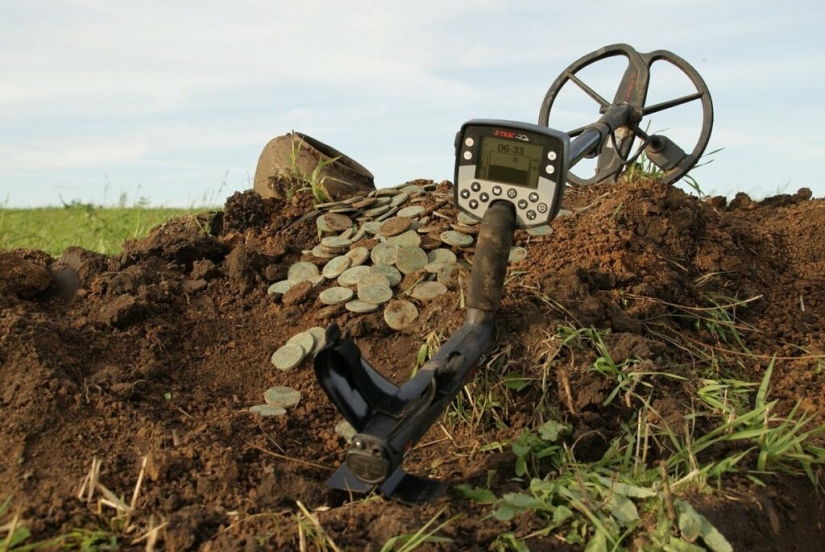
This method of storing more or less large sums of money was considered the norm until the middle of the last century. However, it was not always possible to return for the riches; often no one except the person who hid the treasure knew exactly where it was buried, and the treasures remained lying around and waiting for their time. Quite a few of these forgotten coin caches are scattered across Russia from the Far East to Siberia. We decided to recall several legendary treasures that no one has yet managed to find.
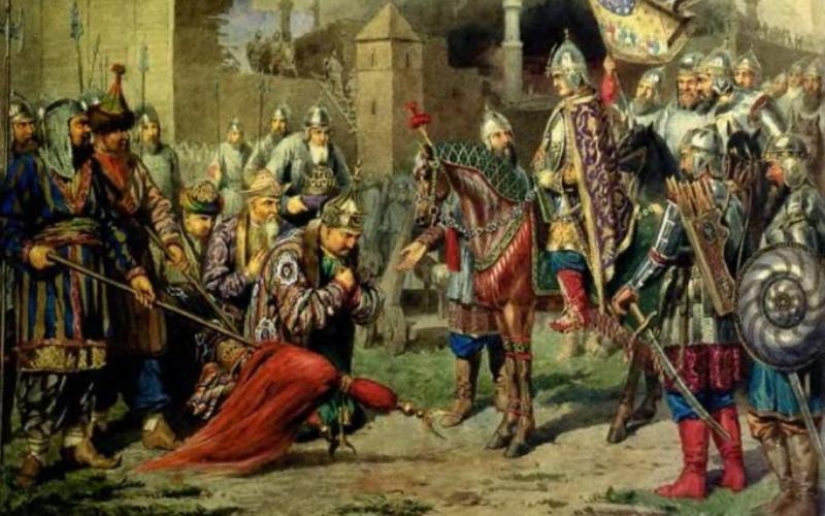
Where to look: Kazan, Lake Kaban.
In the distant year of 1552, Ivan the Terrible decided to take Kazan. At first, the Tatar warriors tried to attack the troops besieging the fortress of the Kazan Khanate, but after some time they realized that they could not resist the army of Ivan the Terrible. Then Chapkun Otuchev, who was responsible for the khan's treasury, decided to hide all the khan's valuables in a safe place. Lake Kaban seemed the most suitable to him: the jewels were rolled into barrels, taken out of the fortress at night and thrown into the lake. During the storming of the city, everyone who knew the exact location of the treasures perished. And the countless riches to this day rest on the bottom, under a layer of silt that has grown over hundreds of years.
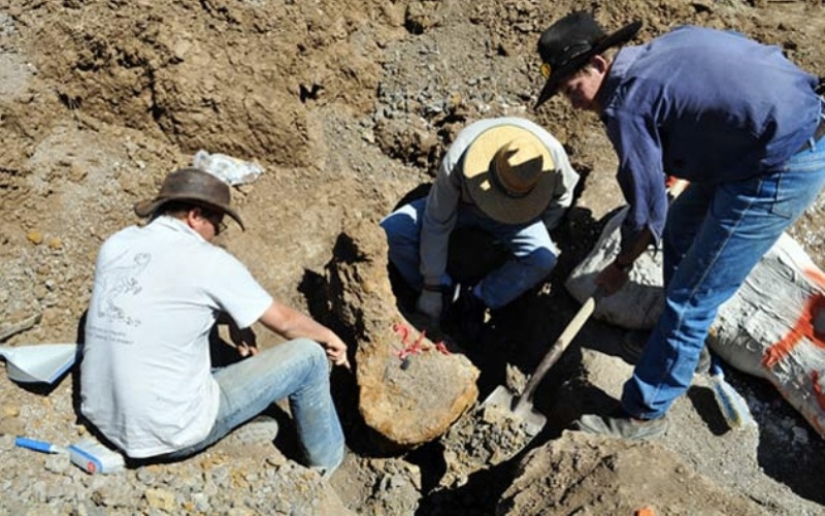
Where to look: Zhernovka village, Kasplya, Svaditskoye, Velisto lakes; Mutnoye lake in the Demidovsky district of the Smolensk region, Semlevskoye lake.
When Napoleon left Moscow, he took with him several convoys of gold, valuables, and a collection of ancient weapons. According to various archival data, he took away about 18 poods of gold, 325 poods of silver, and countless other valuables. However, he never delivered the trophies to the designated place. Periodic attacks by Russian troops and the approaching cold weather forced the French to begin dumping the plundered goods in order to increase the speed of the army's movement. Along the way, valuables were buried in the ground and sunk in nearby lakes. Historians assume that Napoleon continued to drag the convoys at least to the Berezina River. The first such treasure was found near the Nara River.
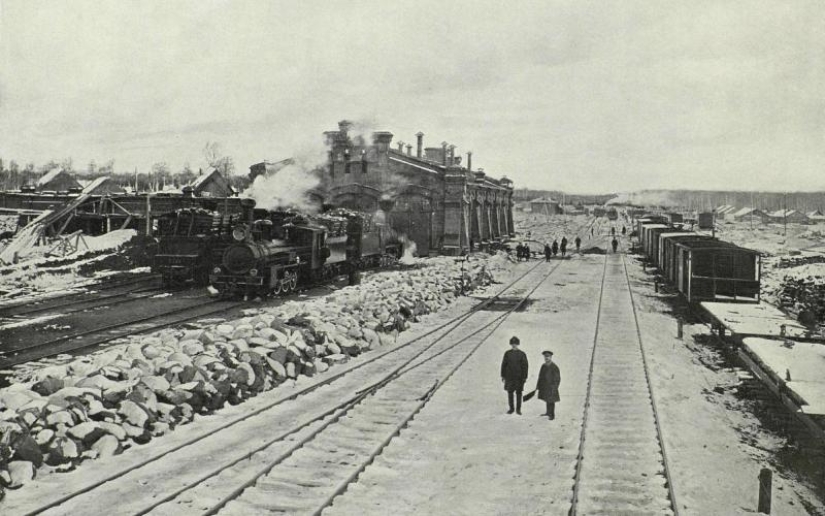
Where to look: Tayga village, Lake Baikal, Tura River, Tyumen region.
At the beginning of the First World War, Russia's gold reserves were redirected to Kazan. The leader of the White movement, Admiral Kolchak, in turn, took them out of Kazan and transported them by train to Siberia. Along the way, the train was attacked, during which the attackers stole some of the treasure each time. According to eyewitnesses, Kolchak hid some of it. The Bolsheviks got only half of the stock. Gold bars weighing approximately 200 tons are still lying somewhere in chests hidden in Siberia.
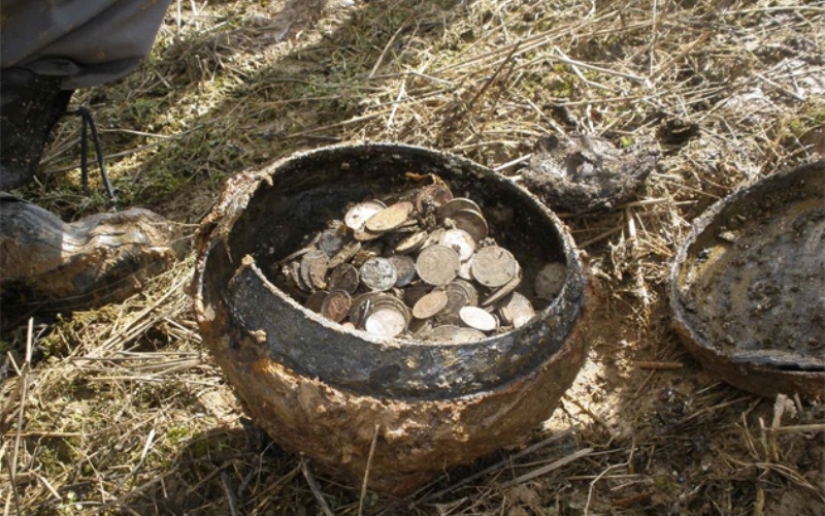
Where to look: Moscow region, Mozhaisk, Aprelevka.
The Polish troops who invaded Russia in 1604 filled their chests with everything that was of any value. In the end, there was enough goods for 923 cargo carts, which were sent along the Mozhaisk road to Poland. But all the treasures disappeared almost without a trace, even before reaching Smolensk. According to one version, this happened because the person who sent the valuables had designs on them and planned to stay in Russia. The records mention that they were buried near a certain churchyard. But it was never possible to establish what exactly it was and where it was located, so the geography of the treasure's location is quite vague, which is what stretched out the search for many, many years.

Where to look: along the route of the troops - Orenburg, Berda, Yaitsky town, Samara, Kazan, Simbirsk, Ufa, Magnitnaya fortress, Iletsk defense, Beloretsk factories, Zlatoust, Orsk, Osa, Izhevsk factory, Botkin factory, Tsivilsk, Kurmysh, Saransk, Penza.
During the uprising, Yemelyan Pugachev's "treasury" was regularly replenished with valuables from the estates and property of local landowners. Prioritizing the mobility of the rebel troops, Pugachev periodically hid riches along his route. According to rumors, he did this in a conspicuous place so that it would be easier to find later. Some of these hiding places were discovered in the vicinity of Orenburg. But the main treasures continue to excite the imagination of treasure hunters, hiding somewhere under a layer of earth or water.
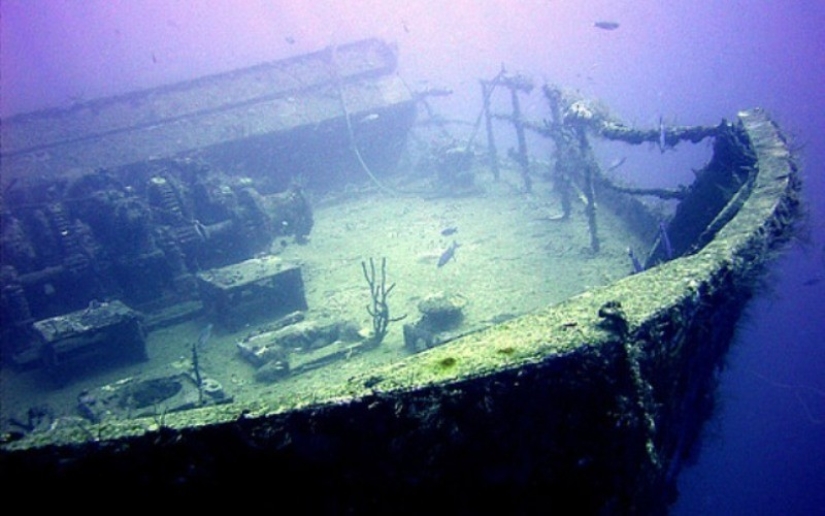
Where to look: in Ussuri Bay, between the Three Stones line, Mount Vargli and Sukhodol Bay.
In 1906, the cargo-passenger ship Varyagin, sailing from Vladivostok to Sukhodol Bay, collided with a mine left over from the Russo-Japanese War and sank. On board were 250 passengers and 60 thousand rubles in gold along with "especially valuable cargo." Only 15 people managed to escape, including the captain. In 1913, he attempted to find and raise the ship. The ship was found, but the salvage operation turned out to be too expensive, so only part of the valuable cargo was pulled to the surface. The gold remained in the ship's holds at the bottom of the bay.
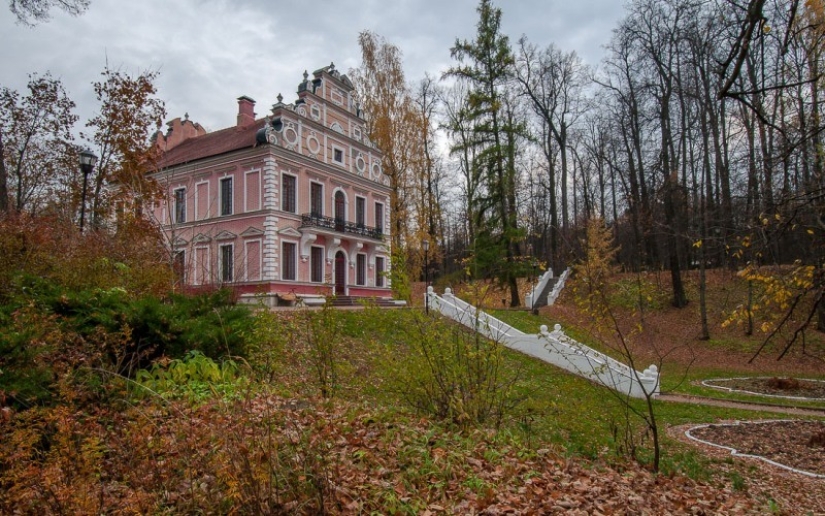
Where to look: Voronovo sanatorium on the 61st kilometer of the Starokaluzhskoe highway, 37 kilometers from the Moscow Ring Road.
During the war of 1812, the Voronovo estate, located 37 km from Moscow, became the residence of the Governor-General of Moscow, Count Rostopchin. He brought works of art and various valuables there, turning the estate into a kind of miniature Versailles. After Napoleon's troops arrived in Moscow, he set fire to his estate, staging everything so that all the wealth he had accumulated was allegedly destroyed. In fact, there were underground passages on the estate's territory, through which, presumably, all the goods were taken out and hidden in the area.
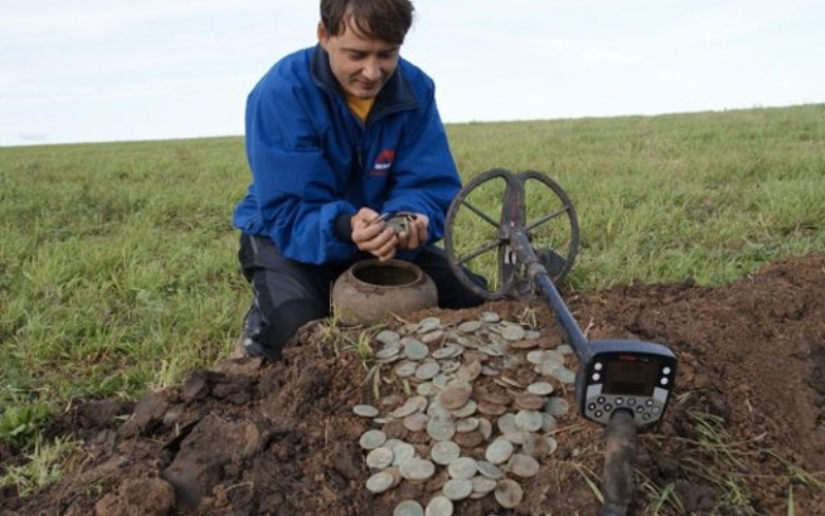
Where to look: Otnosovo village in the Smolensk region.
Before the German troops invaded Smolensk, it was decided to remove all funds and valuables from bank vaults. The wealth was sent to Vyazma in eight trucks, but the column came under fire and only five vehicles reached the nearest settlement. There are different versions of how further events developed, but the most popular assumption is that the gold and silver were buried. This theory is supported by the fact that individual coins of the 1924 issue were found near the village of Otnosovo. And the entire treasure still lies somewhere in a secluded place.

Where to look: near the Russian-Chinese border, Dauria region.
While preparing to escape from Chita, Ataman Semenov decided to take the Russian Empire's reserves, which Kappel's army had brought, and hide them in the Daurian steppe. The valuable cargo was delivered to the Dauria station and safely buried, but during the Cossacks' return to the armored train they were attacked and all those initiated into the secret of the treasure's location perished. According to counterintelligence assumptions, the size of the territory where the treasure may be located is 150 square kilometers. The treasure itself is estimated at around 500 million dollars.
Recent articles

Most of us think that the color of the eggshell does not play any role and it is possible not to pay attention. But it's not and ...

The more we rely on technology, the more potential power hackers gain over us. It doesn't matter if their goal is to help or cause ...

Creating a good portrait is one of the most difficult tasks for any photographer. In order to make a really natural and memorable ...